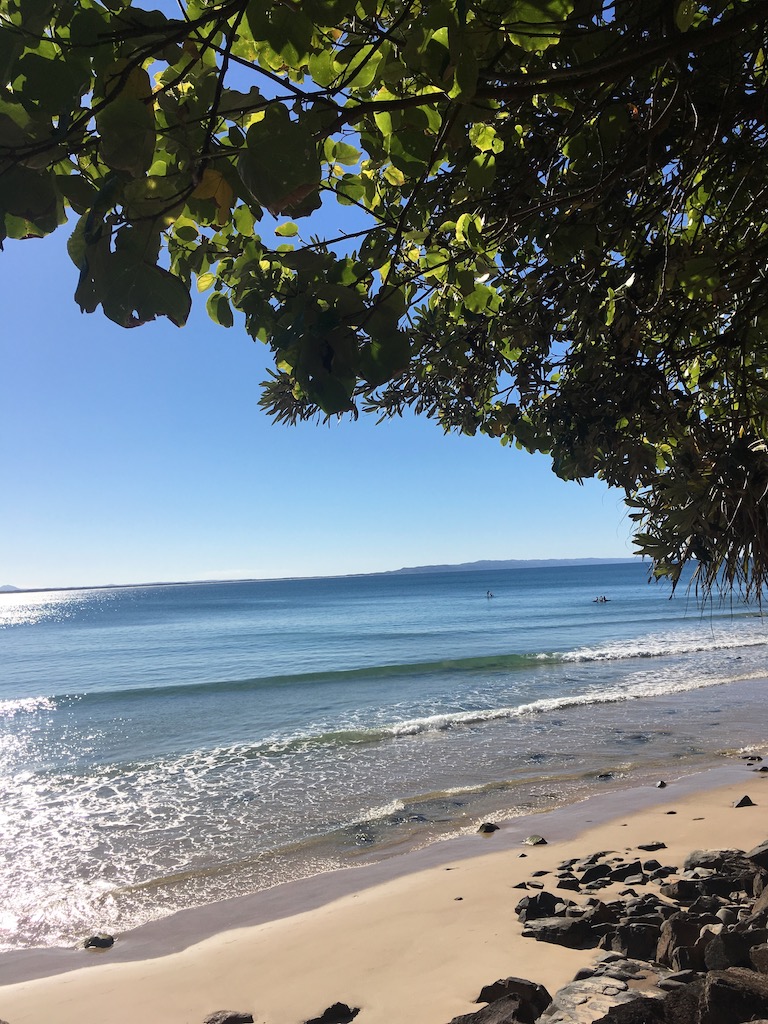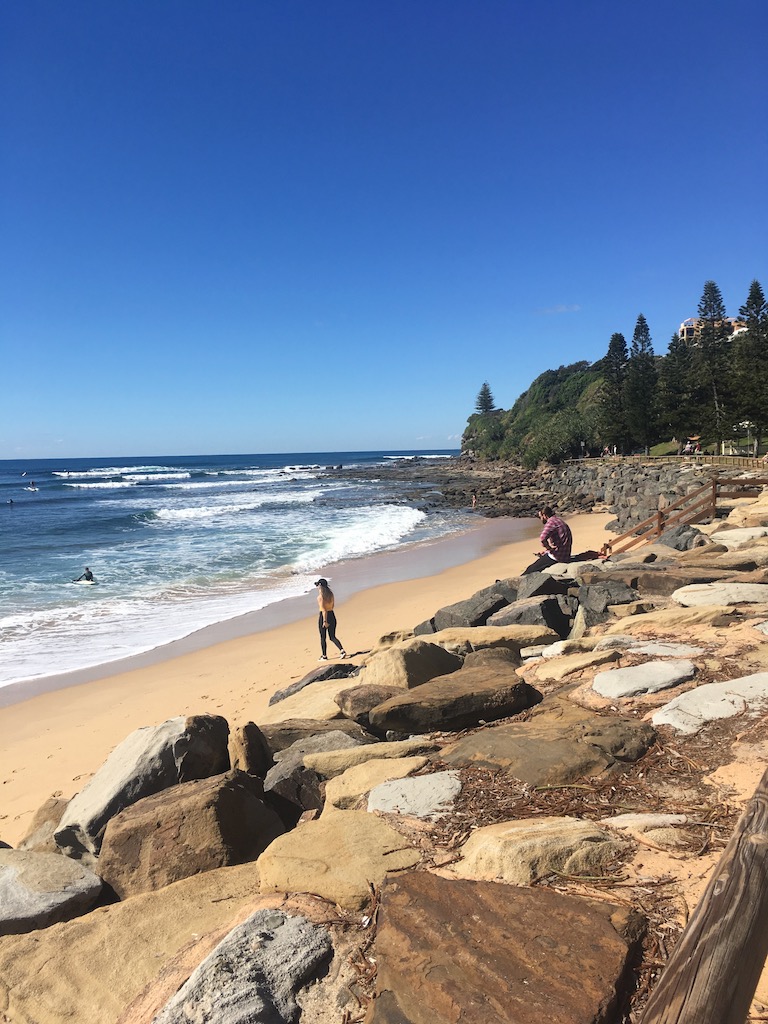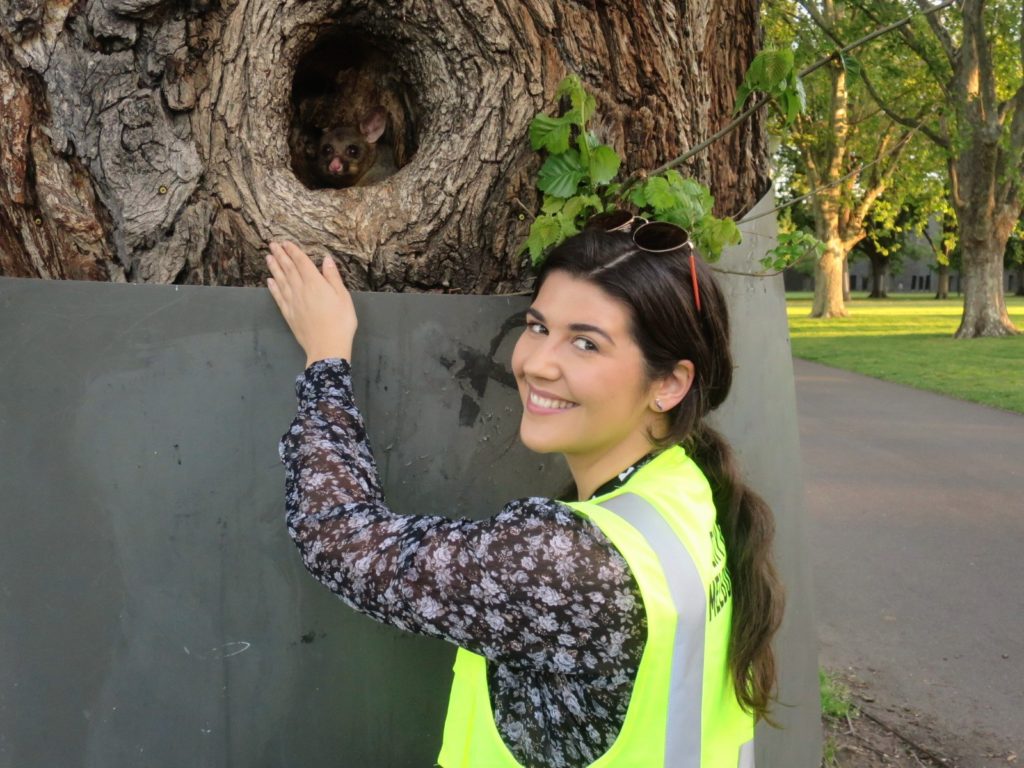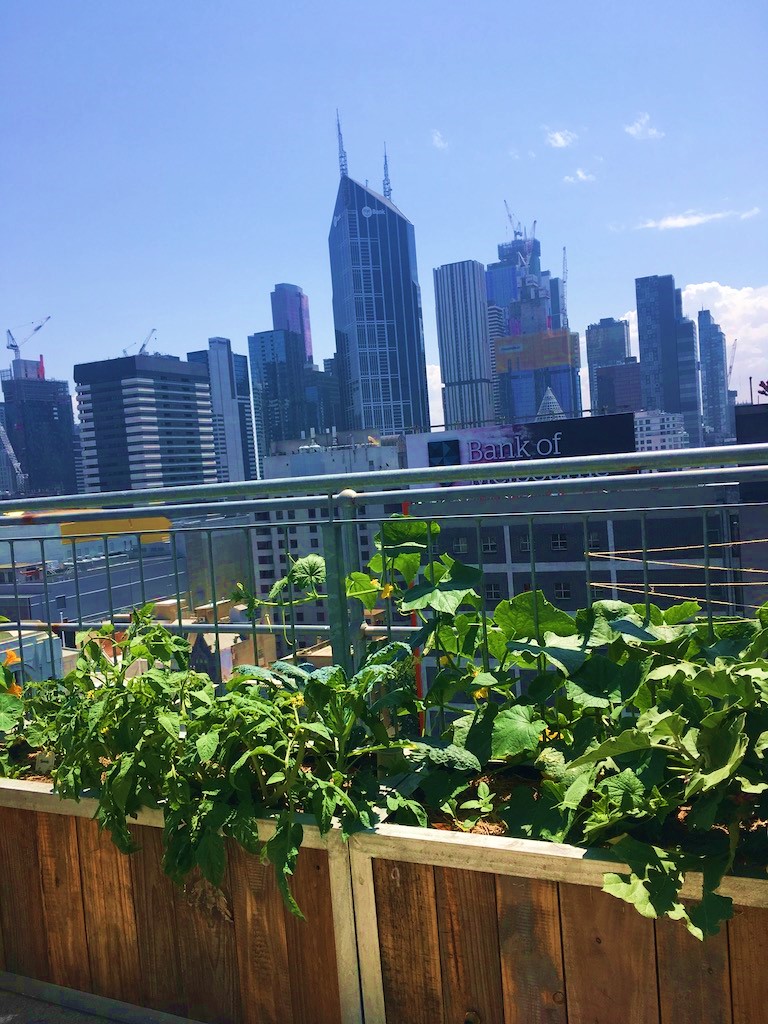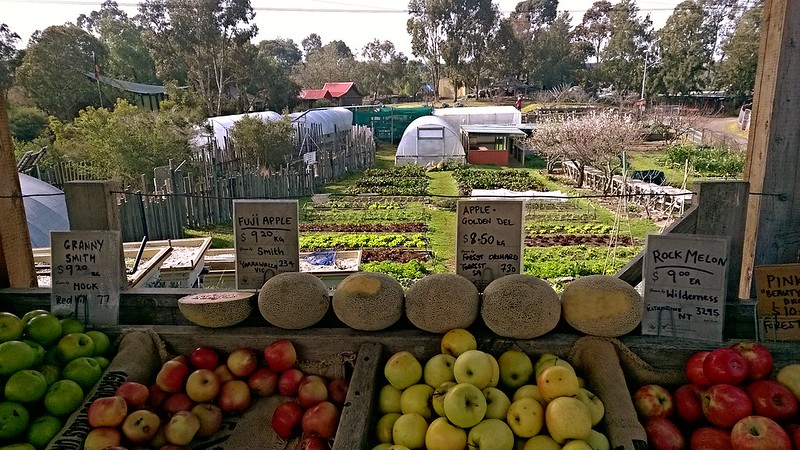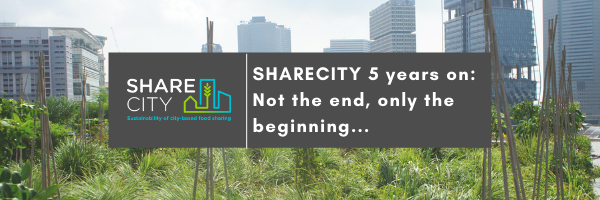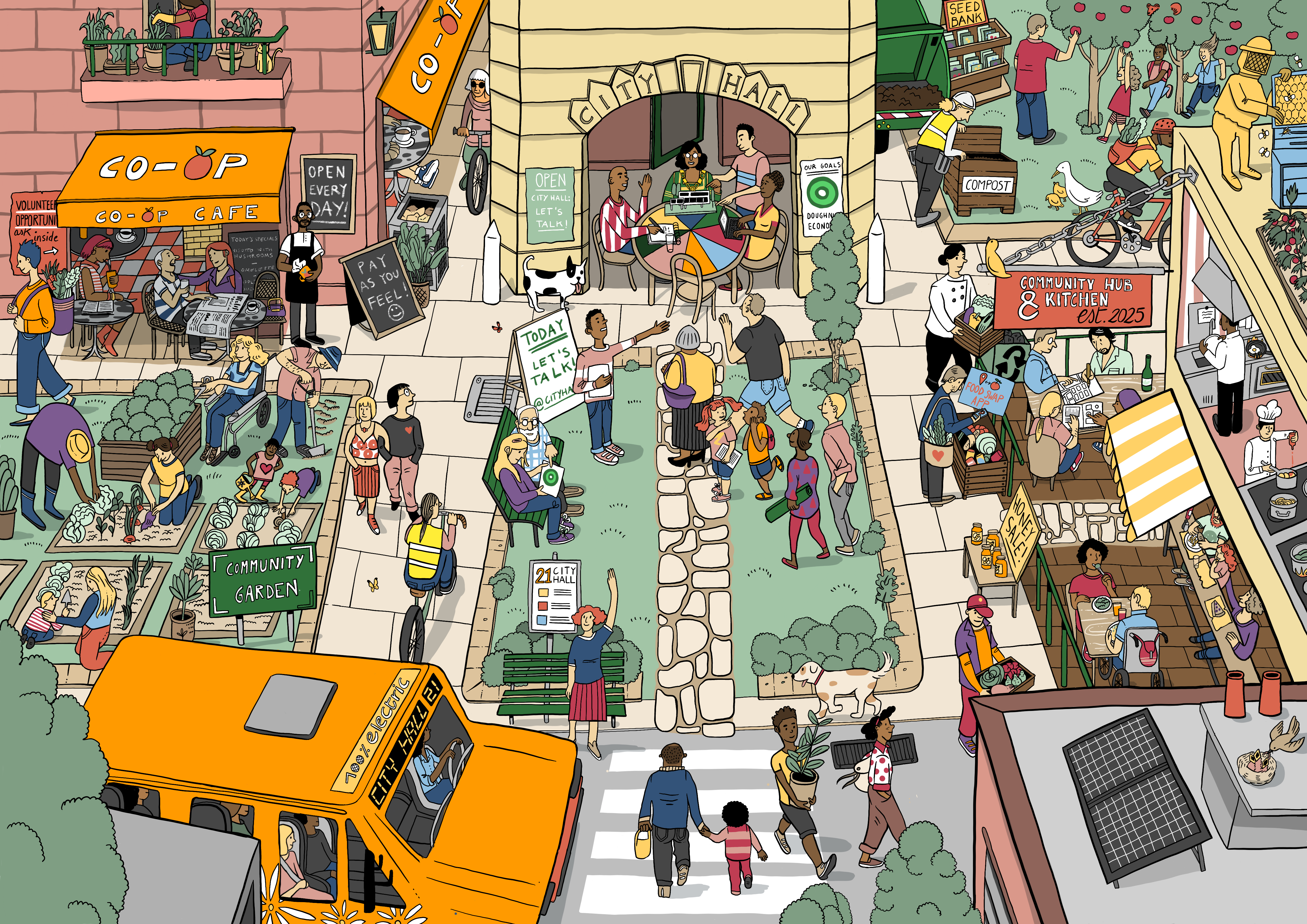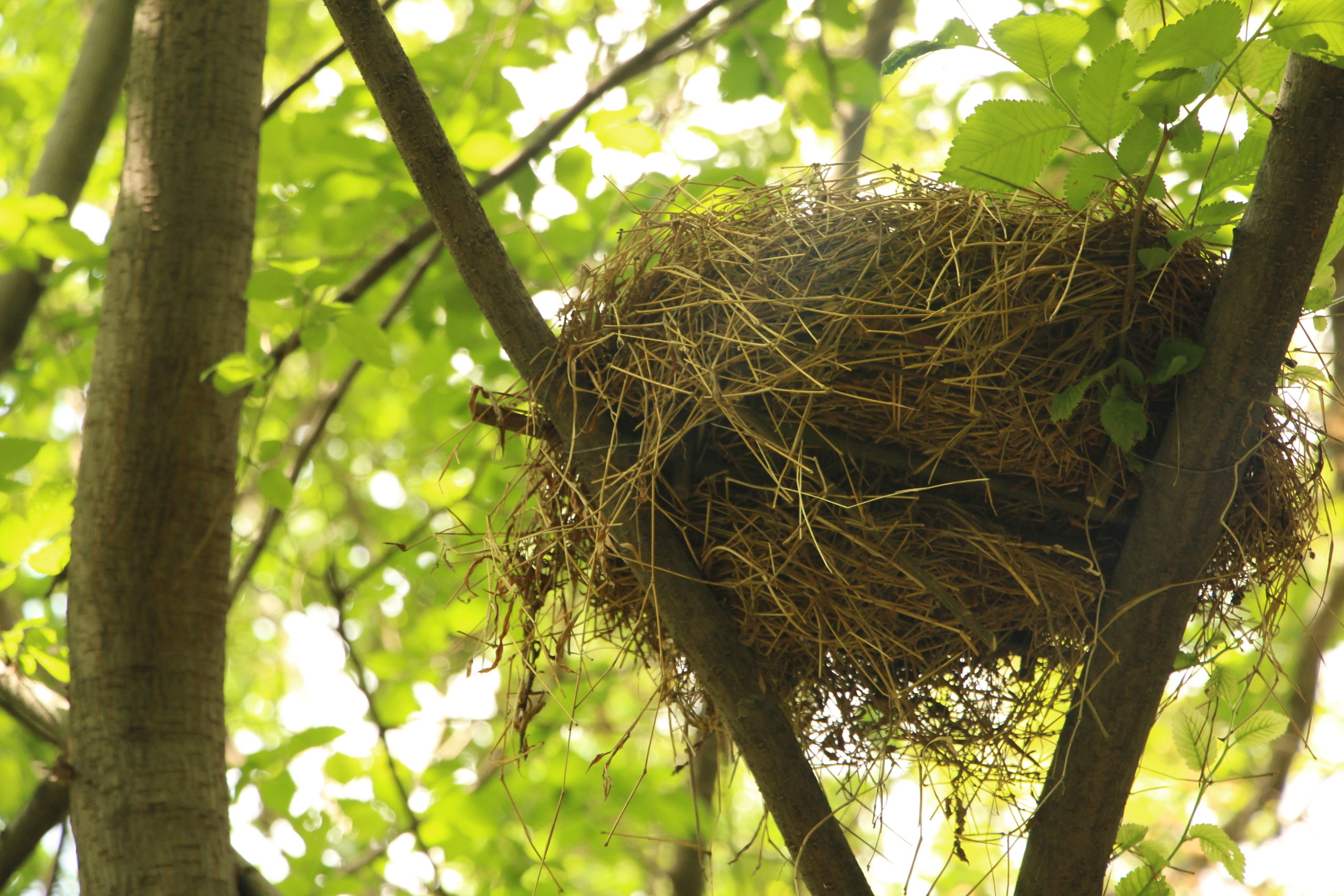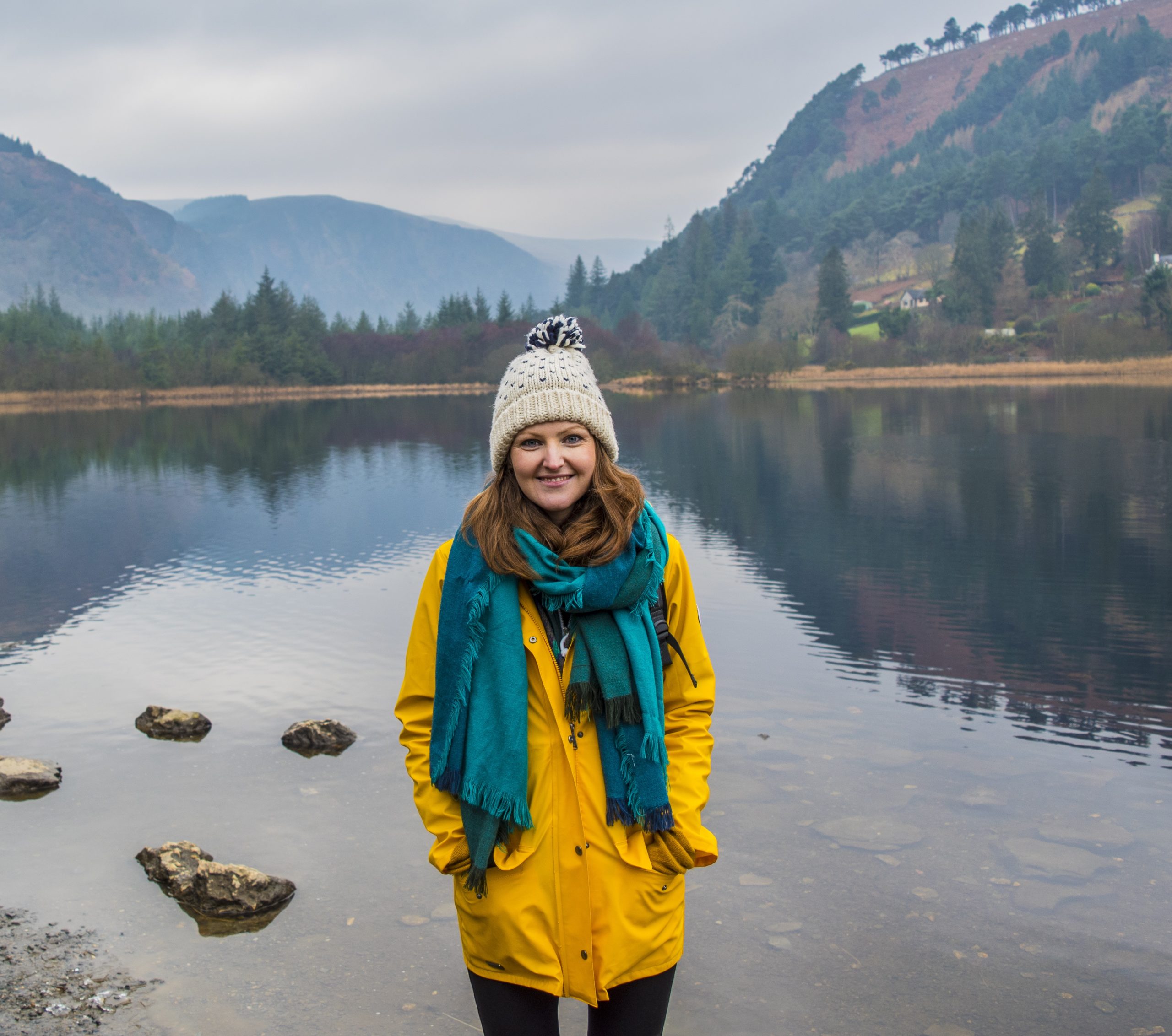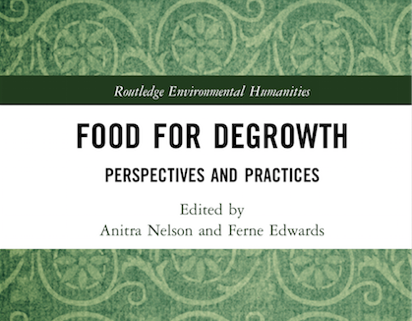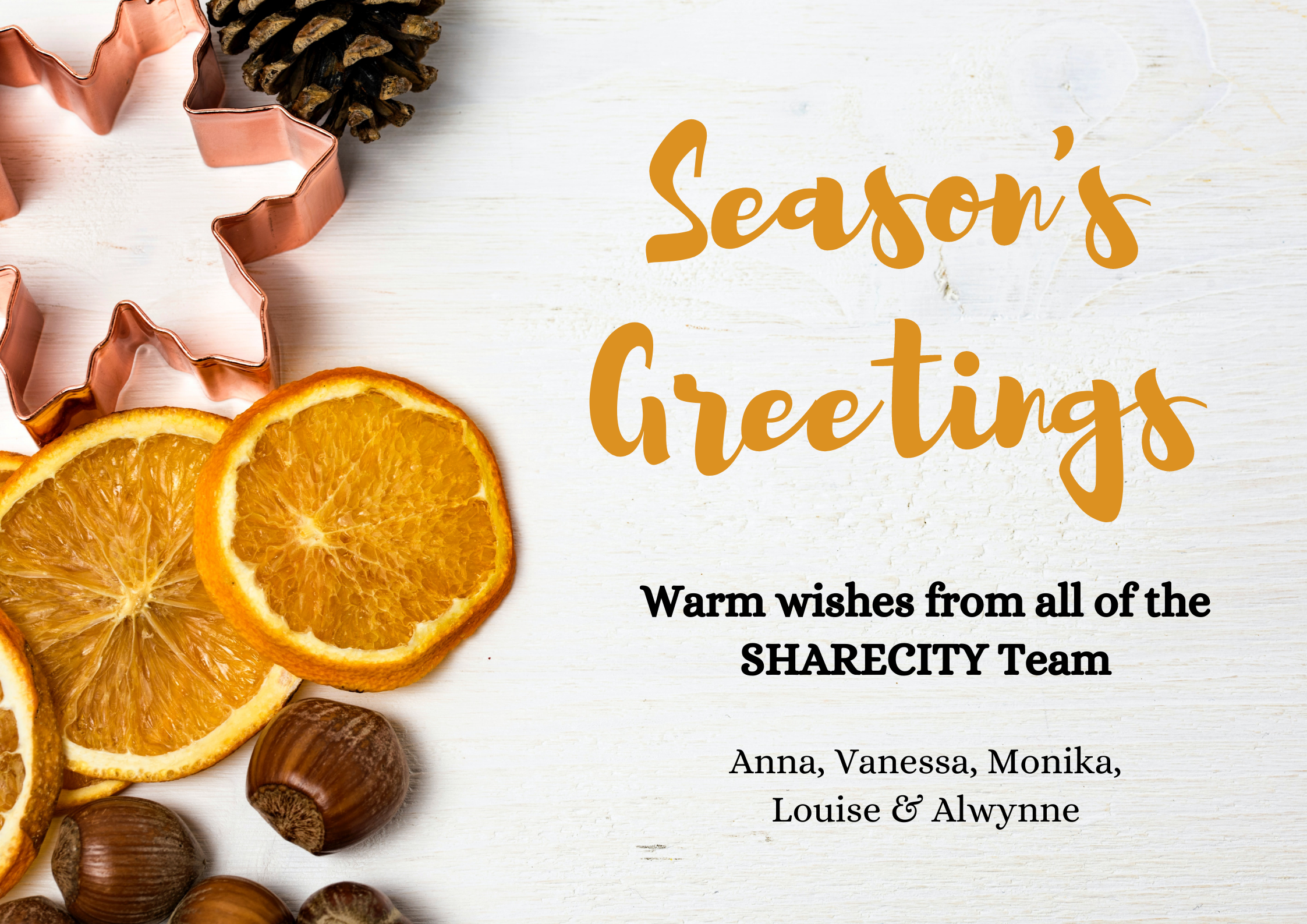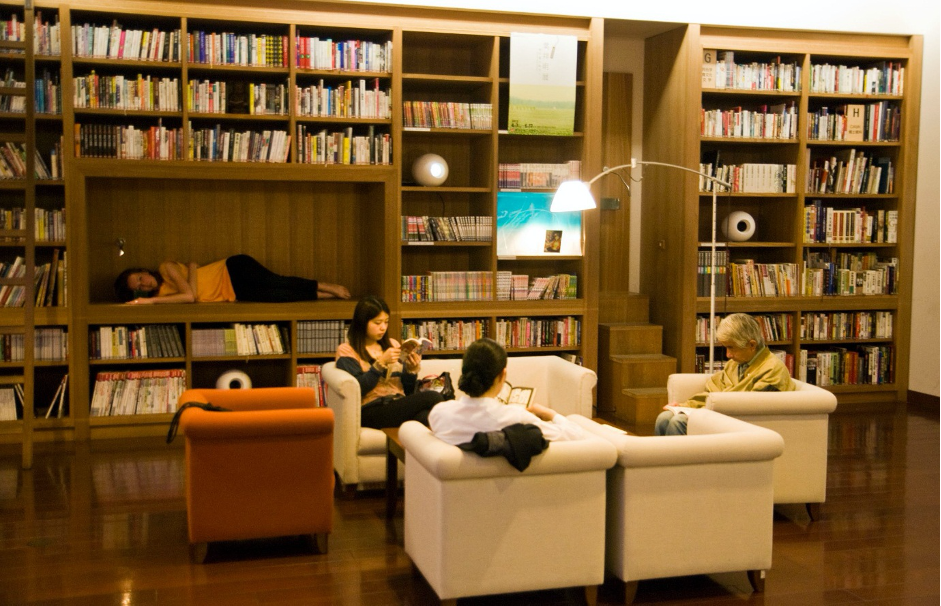From beaches to cities: Greetings from our new SHARECITY team member Vanessa Lucy
Published by SHARECITY on the 24th February 2020.
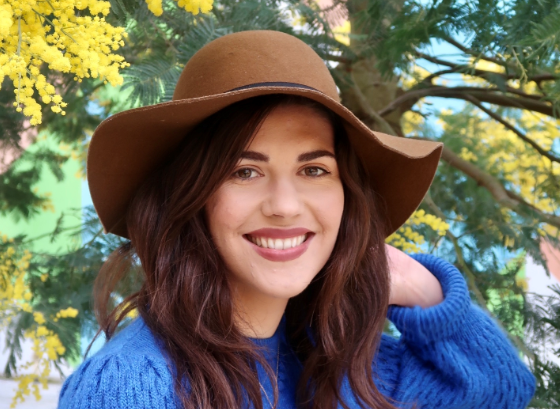
From beaches to cities:
Greetings from our new SHARECITY team member Vanessa Lucy
Hello followers of SHARECITY! My name is Vanessa Lucy and I have joined the SHARECITY project and team as the new SHARECITY Research Assistant. I am very pleased to meet you and be involved in this exciting, global project. I am an urban ecologist and sustainability professional from Melbourne, Australia. I recently moved to Dublin, Ireland, in October 2019 in search of working experiences overseas and learning about international sustainability projects, and luckily I’ve had the privilege now to join the amazing SHARECITY project and discover how best we share food in our global cities.
I have worked across a number of industries including research, government, and natural resource management, so have seen first-hand the opportunities and challenges facing urban food sharing and sustainable urban food systems. Growing up on the beaches and in the sub-tropical rainforests of the Sunshine Coast, Queensland, Australia, I formed a deep connection with my natural surrounds and my home. People aren’t lying when they say Australia is one of the most beautiful places in the world. My identity and sense of belonging is strongly linked with nature, and it’s something I continuously seek to feel fulfilled (both mentally, physically, and spiritually) – so most weekends you’ll find me getting that fix in some way or another. Even is that’s just running in my local park or hiking in the wilderness.
Nature is definitely not in short supply on the Sunshine Coast, Queensland, Australia. This is my local beach nearby where I grew up – I spent most days in or around the water.
Source: personal photography
This is turn has led me to feel strongly connected to and obliged to act on sustainability initiatives, questioning the ways we as humans in society operate, function, and communicate, across a number of disciplines from climate change to food waste. Our cities have become more disconnected from nature, each other, and the wider systems we are all in. People are part of our planet’s ecosystems, not separate, so we need to think of new ways in which we can reduce our environmental impact and work with nature, not against it.
This view also led me to study a Bachelor of Science (Zoology major) and a Master of Environment (Ecology major) where I completed a large field research project on the impacts of urbanisation on amphibians in the Greater Melbourne Region. Before moving to Ireland, I was working in the Urban Sustainability Branch at the City of Melbourne as a Project Officer Ecologist. I was working in a team of incredible ecologists and arborists with the aim of enhancing Melbourne’s urban nature through the Nature in the City Strategy. We worked closely with sustainability professionals, urban planners, architects, engineers, community groups, and the public. I first discovered the SHARECITY100 Database whilst working there as Melbourne is one of the nine profiled SHARECITY cities. Melbourne is an absolute hotspot for food sharing and sustainability. We were voted as the most liveable city in the world seven times in a row – and we won’t let you forget it! We are adamantly better at this than Sydney of course, our long time urban rival (all in good jest of course).
Monitoring urban nature at the City of Melbourne in Melbourne, Australia.
Source: personal photography
Working at the City of Melbourne, I saw the desire for more community gardens, food waste re-distribution programs, and other food sharing initiatives grow exponentially by the day. This was truly inspiring, although sometimes it was tricky to implement on the ground. The lack of available ‘urban space’ and competing demands for this space in central Melbourne was a large barrier to getting more in the ground. Melbourne is a rapidly growing city, expanding upwards and outwards as densification increases in the inner city. Why plant a food garden when a building could be put there? Or a school? Or a football pitch? Of course it wasn’t us asking those questions, but they were indeed raised by many. Food sharing initiatives are to be encouraged at all costs, but good, transparent governance and ownership needs to be in place for them to truly thrive and succeed.
Rooftop vegetable and herb garden at the City of Melbourne’s offices in Melbourne, Australia.
Source: personal photography
CERES Community Environment Park is a golden star in Melbourne’s food sharing scene. It’s a place I cherish and deeply miss – the position on the leafy Merri Creek, the friendly community atmosphere, and the knowledge sharing opportunities – are all just part of what makes it great. You can live in an apartment nearby, buy a vegetable plot, toil away, and then happily harvest your own veggies. Dinner sorted. This is just one example of an excellent food sharing and sustainability program that is hosted on the SHARECITY100 Database and it just makes me thrilled to know I’m helping to support and contribute to the SHARECITY project.
Market day at CERES Community Environment Park, Melbourne, Australia.
Source: https://www.flickr.com/photos/mossimoinc/
As the SHARECITY Team’s Research Assistant I will work on the operations of the SHARECITY project, managing the project’s website, budgets, social media accounts, and assisting with planning our final SHARECITY conference as the project draws to a close in 2020. I hope I can help send the SHARECITY project off with a bang and aim to ensure this incredible global food sharing community is more connected than ever.
I look forward to chatting with you all, and learning about your nature connection and food sharing stories!
You can get in contact with me on Twitter, LinkedIn, or email at vanessa.lucy@tcd.ie
Thanks, Vanessa!
Vanessa Lucy
© 2015 - 2024 ShareCity | Web Design Agency Webbiz.ie
